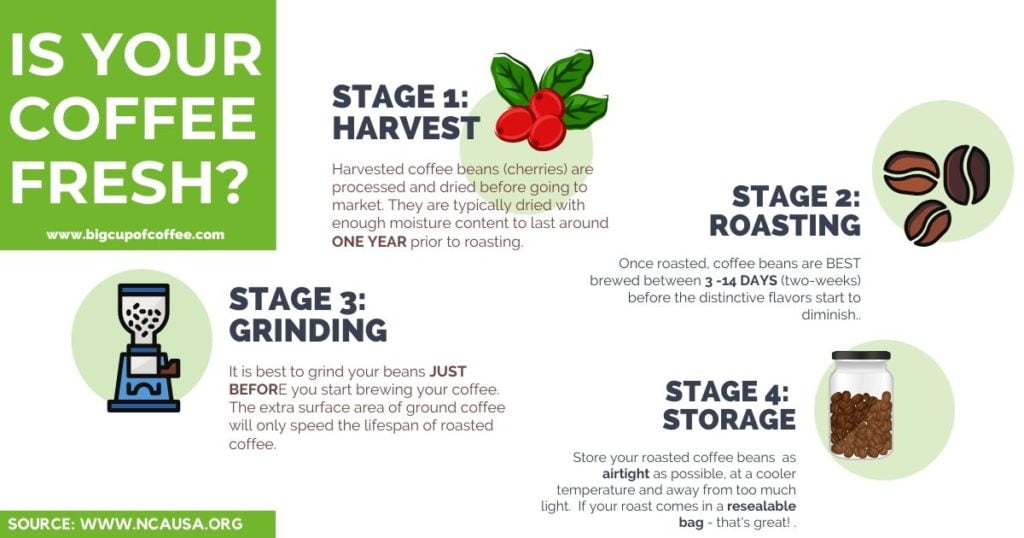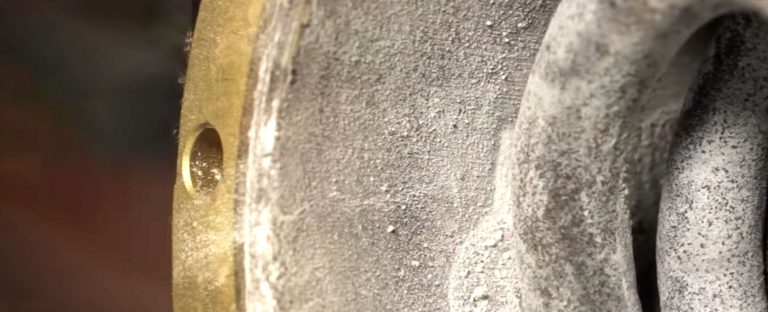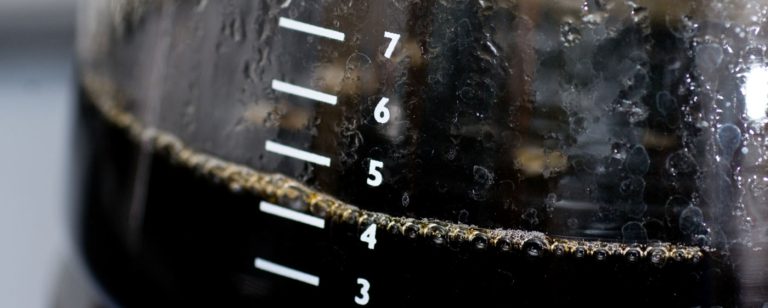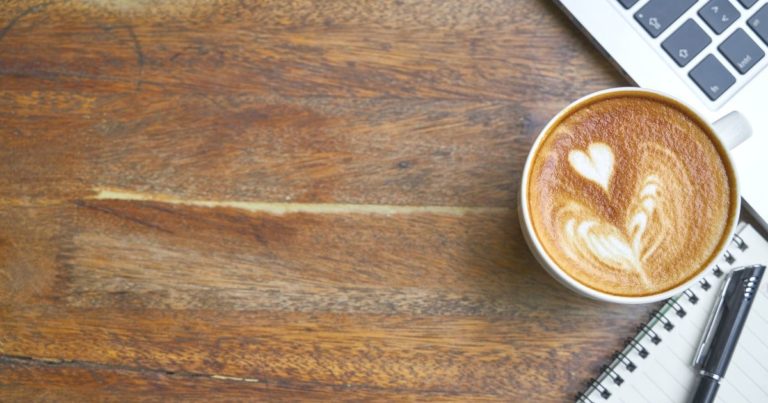How Long Does Coffee Last? Your Cup of Joe’s Shelf Life Explained
If you’re a coffee lover like me who makes your daily cup of joe, sometimes you get the urge to buy multiple bags in one go. But don’t give in to this temptation, because as you will discover in this article, it may not be best to let those bags of coffee sit for too long.
It can go bad, but how long does coffee last? Let me share with you the knowledge you’ll need to keep your coffee fresh and delicious. After reading through, you no longer have to fear that your coffee will lose its rich aromas and flavors even before it gets into your cup. Let’s get right into it.
Does Coffee Go Bad?
Yes, even the best coffee may go bad. However, it’s not like moldy cheese or rancid fish. While the flavors may not be optimal or the best they can be, the stale coffee may actually still taste better than even a less expensive, properly roasted coffee.
Coffee is a fruit, right? It’s a cherry that grows on a tree. While the “vegetal” part is processed away, leaving just the pit – the fresh coffee bean – is still a perishable type of produce and will slowly meet its destiny and eventually go bad.
It still depends on your palate and what flavors you enjoy though. To be clear, old coffee will not make you ill, it may just taste more like burnt cardboard. Thus, making it hard to justify paying a premium for the best coffee if it tastes the same as Folger’s.
How Long Does Coffee Last?
It is best to brew your favorite beans shortly after they’ve been roasted. Ideally, you enjoy your coffee within 3-14 days of the roast date.
Good coffee is judged by the flavors it contains, and the flavors start to dissipate if the roasted coffee is not used for a while. Freshly roasted coffee is definitely better than stale coffee. Whether or not you can taste them or describe them to your friends, flavors exist.
According to researchers, of the 850+ volatile chemicals (VOCs) found in coffee flavor and aroma, 40 have low odor thresholds and/or higher concentrations that make coffee so distinctive. They may be terpenes, bioflavinoids, minerals, or simple chemical structures that exist in the foods that you use to describe that espresso you tried at your favorite coffee shop.
If you want more information on more of the chemicals found in coffee or the health-related risks and/or benefits check out our article here.
How to Make Sure The Coffee is Fresh

The Processing of Green Coffee Beans
Green coffee beans are harvested once – sometimes twice per year. They are processed according to local preferences/styles, dried, and then sold in the markets to be distributed throughout the world. In this state, there is just enough moisture in the green coffee to last about a year before drying out completely and ultimately losing its flavor characteristics.
Green bean sellers or your local roaster will show great concern for how these beans were stored, where they were procured, and where they came from.
Check the Roast Date
Whether you get your coffee beans online, at the grocery store, or from your favorite local roaster, the roasting process is the final step in a coffee bean’s life.
Once roasted to a light, medium, or dark roast, roasted coffee – once ready for brewing – should only last between 3-21 days. Properly roasted green coffee will have the best flavor provided it is fresh and brewed within this two-week window. Even the best coffee may start to taste funny after it sits in your home for longer than this recommended time.
Grind Only Before Brewing
So, you’ve picked up your favorite coffee beans, they were just roasted (you saw them do it or there’s a roasting date on the package), and you’re ready to do some brewing each morning of the next week.
You make fresh coffee every morning, should you grind the new beans all at once, or make a batch one at a time? If you want to enjoy the best coffee with the freshness you paid for, it’s recommended that you grind the coffee beans just before you start brewing.
Ground Coffee has much more surface area than in its bean form and will rapidly oxidize once it is exposed to the air in your home. Think of the roasted bean as a protective shell that seals in the flavor. In fact, you should see tiny bubbles in your freshly brewed coffee – this is a sign of freshness. The best flavors are stored in these gases. Without water content or oil – the things that either dry out or become rancid, coffee isn’t all that different than burnt cardboard.
Store It Right
Store your coffee beans in as airtight a seal as you can find. Whether the bag is recloseable or you have a favorite jar with a nice silicone/rubber seal isn’t terribly important – the freshness can only be protected. You’re simply trying to maintain the best flavor profile possible during that sweet spot of two weeks from roasting until brewing.
Like with other processed foods, coffee could be dried, cured, salted, canned, or preserved. Luckily for us, roasted coffee provides the best flavors so most efforts to preserve fresh coffee have the roasting process in mind. Check out this detailed guide on how to store your coffee beans properly.
Within the time parameters listed above, fresh coffee will differ from stale or old coffee in that it contains chemical compounds that are, typically, more “pleasing to the senses”. The moisture content and oils are what transfer most of the flavors you experience in your favorite coffees. With time, moisture will dry out and the oils will quickly oxidize leaving the wonderful flavors you wrote down at that cupping you went to. That description you read about your favorite coffee bean online means nothing once the roast has passed its time and becomes stale.
How to Know If Your Coffee is Fresh
Simple things you can do to tell if coffee is fresh include:
- Look for a roast date on the packaging.
- Look for a flavor seal on the packaging.
- Avoid ground coffee beans, especially if you’re paying top dollar.
- Look for other signs of freshness
- Sealed jars
- Airtight containers or bags
- Newness of packaging
- Smell it
- Taste it
Frequently Asked Questions (FAQs)
The ideal time to brew freshly roasted coffee is between 7 and 21 days from when it was roasted.
Before 7 days, it is still degassing, and after 21 days, it starts losing aromas.
Freshly harvested and processed “green” coffee beans typically last one year from the time of harvest and should be roasted within that time to maintain ALL of the desirable flavor profiles.
Conclusion
So, there you have it. Coffee is best enjoyed if you brew it within 3-14 days of the roast date. This ensures that you’re getting the full flavor experience and avoiding any potential for stale or burnt-tasting coffee.
Personally, I’ve always been a stickler for fresh coffee. Buying larger batches or grinding your beans ahead of time might seem convenient, but it’s not worth sacrificing those delicious flavors for. So go ahead, enjoy your freshly brewed coffee and don’t worry about drinking stale coffee ever again.






